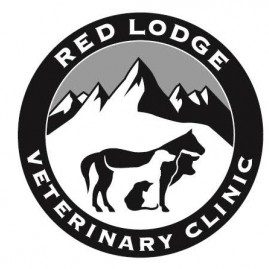Colic
With sunshine and melting snow comes fresh green grass pastures. While green grass is highly nutritious and a favorite of our horses, it is not without its perils. Green grass has a very high sugar content and is highly fermentable when undergoing digestion. This means that it produces a lot of gas and can cause subsequent diarrhea, abdominal pain and cramping in the horse. Signs of colic (belly pain) are stretching, pawing, looking at sides, posturing to urinate without actually urinating and rolling on the ground. If you see these signs, call your veterinarian immediately. Many grass colics can be treated easily and without much expense if they are recognized early enough.
Laminitis (Founder)
Green, growing grass stores high levels of sugar that can cause inflammation and pain in the hoof lamina. In spring pastures, sugar content is highest in the late afternoon and early evening. Horses who have been on hay or dry brown pasture all winter should be gradually re-introduced to green grass in order to prevent sugar overload and inflammation of the hoof lamina resulting in laminitis (“grass founder”). We recommend turning horses out on green grass for 2-3 hours in the morning for the first week. After this, grazing time can be increased 2 hours a day each week until the horse is turned out 6-8 hours a day. It is important to note that not only over-weight or cresty necked horses can get grass induced laminitis. It can happen to any horse. Signs of grass induced laminitis/founder are reluctance to walk, lameness, “tip toeing” in front feet, standing with a rocked-back on hind limb posture in an effort to take weight off front feet. Most of these horses are VERY lame on gravel or hard surfaces and slightly less lame in pasture or soft footing. If you see these signs, call your veterinarian immediately.
